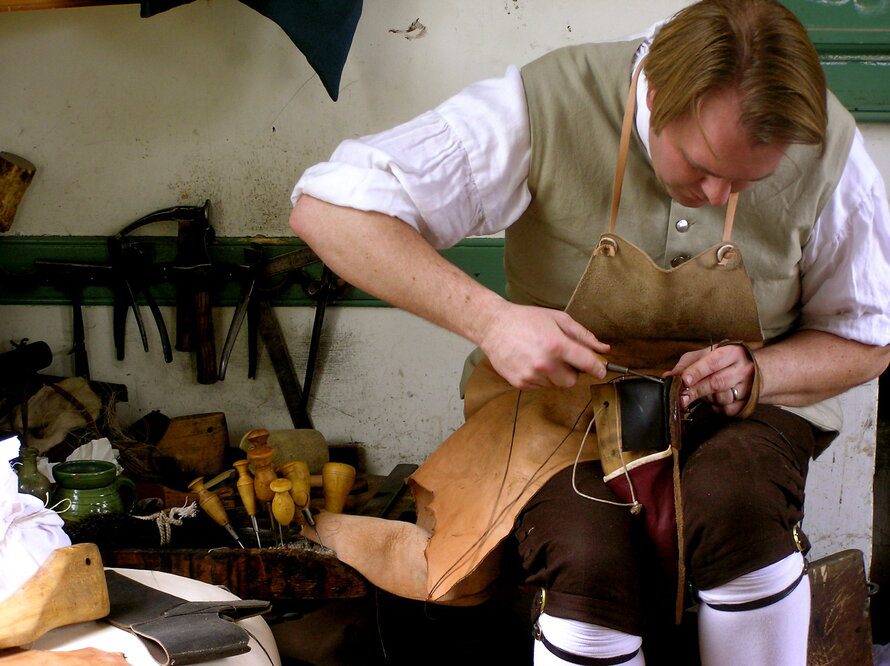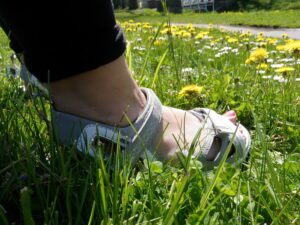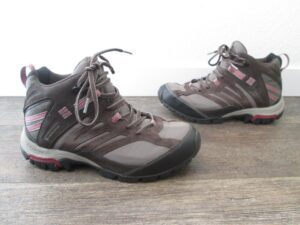I was astounded to hear that more than 300 million shoes are thrown away yearly, and it takes up to 40 years to decompose, according to this study. Determined to change, I committed to never littering my worn-out footwear.
I shifted my approach and started searching for shoe recycling options or, if they remained in good condition, places to donate them. In this article, I will provide information on where you can recycle your shoes, highlight recyclable parts, and present sustainable alternatives to disposal.
Where Can You Recycle Your Hiking Boots?
Soles4Souls
Soles4Souls, a personal favorite of mine, accepts new or gently worn shoes in any size or style. To contribute, you can either find a convenient nearby drop-off location or take advantage of the option to ship your shoes at no cost within the continental U.S. through a pre-labeled box provided by Zappos for Good.
Upon receiving your generous donation, Soles4Souls proceeds to process it at one of their worldwide facilities. Following this step, they go on to either distribute the shoes to individuals in need or sell them to local businesses, thereby generating employment opportunities.
Nike Reuse-A-Shoe via Nike Grind
Another choice is the Nike Grind initiative offered through the Nike Reuse-a-Shoe program. Participating Nike stores provide the opportunity to conveniently dispose of your used athletic gear. At these locations, the items are carefully categorized for recycling and potential donation.
Alternatively, you can opt to send your items to the following address: Rebound – GRIND, 199 Pearson Parkway, Lebanon, IN 46052. It’s important to note that they accept items from all brands but primarily focus on athletic sneakers. They specifically do not accept items such as sandals, dress shoes, or shoes containing metal components.
This well-established recycling program has yielded the creation of Nike Grind materials, which find new life in product design and facility construction.
Teva Sandals Free Recycling Program
In contrast, the Teva Sandals Free Recycling Program, supported by Teva, focuses exclusively on their brand. The program involves the collection of Teva sandals, which are then subjected to a cleaning and sorting process based on their material composition. Subsequently, these materials undergo mechanical recycling.
Sandals that cannot undergo this recycling method are diverted for processing, where they are converted into energy.
I have a strong appreciation for this program, primarily due to Teva covering the mailing fees. However, it’s important to note that the program is scheduled to conclude on November 14, 2023.
In light of this, Teva is directing its customers towards the Zero Waste Box option provided by Terracycle as an alternative recycling solution.
Zero Waste Box
Zero Waste Box provides the option to recycle sandals, boots, shoes, and heels. However, it’s important to note that you must purchase a box for shipping your used footwear, which comes at a cost of $142.
Conversely, this approach allows you to send footwear from any brand, offering an opportunity to contribute to environmental conservation.
The waste materials are repurposed into raw materials, and subsequently purchased by manufacturing companies to create products such as furniture, playground covers, and storage bins.
And since this study mentions that only 5% of discarded shoes are currently being recycled, I think that Zero Waste Box is worth the contribution.
What Can You Recycle at Boots?

Unfortunately, not a lot of the parts of a shoe can be recycled. While some of the shoe’s textiles (i.e. leather) may be recyclable, the laces, nor the waterproof lining – both of these items, which contain microplastics – are not [1].
If you’re able to completely remove metal eyelets from your shoes, they can be melted down for recycling purposes. In cases where recycling is not feasible, we recommend either donating the shoes or making an effort to restore them to their original functionality.
Will I Make Any Difference if I Recycle Them?
Based on a study from 2022, the shoe industry makes up about 1.4% of global greenhouse gas emissions.
Every recycled shoe matters because it gets reused or made into something new. Parts like soles and uppers are useful for new items. Recycling them also stops them from adding to landfills, which helps the environment.
What Else Can You Do With Your Old Hiking Boots?

There are still plenty of things you can do with old hiking boots to give them a new lease if you cannot recycle them.
Restore: A little wear doesn’t mean they’re finished. I’ve found ways to rejuvenate their performance.
Repurpose: I’ve seen crafty folks turn old boots into vintage planters. Their waterproof nature is ideal!
Donate: Instead of sending them abroad, I prefer donating to local thrift stores or charities.
Upcycle: If I think they’re still good after a touch-up, I sell them on platforms like Depop or Ebay [2].
References
- https://www.treehugger.com/shoe-recycling-guide-5194664
- https://makemoneywithoutajob.com/your-smelly-shoes-ebay/







